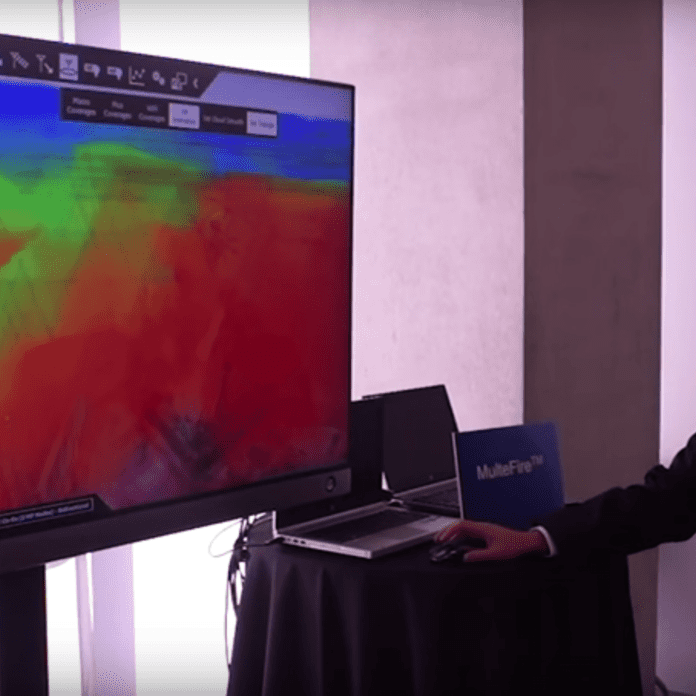Unlicensed spectrum is playing an increasingly important role in the LTE ecosystem as spectral limitations inhibit capacity, which enterprise customers demand. That’s why MulteFire, a technology that flies largely under the radar, could ultimately prove a major boon to enterprises looking to take control of their own LTE networks.
MulteFire uses small cells operating only in unlicensed spectrum to enable dedicated data services – it’s described as “providing the performance benefits of LTE with the simplicity of Wi-Fi,” by the MulteFire Alliance.
The MulteFire Alliance was established in December 2015, to promote the technology. Board members include representatives from Nokia, Qualcomm, Ericsson, Intel, and as of Nov. 22, Chinese ICT powerhouse Huawei. Company reps described the move as meant to better address enterprise clients.
“Wireless connectivity has become more and more critical for enterprise customers, especially in vertical industries, like transport, electricity, manufacturing and logistics,” said Peng Jianhua, president of Huawei’s Enterprise Wireless Business Unit. “Huawei has decades of experience in handling wireless cellular technologies and expects to cooperate with industry partners to solve key issues, such as air interface technology, test certification and chip support in enterprise wireless products. By joining the MulteFire Alliance, we are steering the future of wireless for vertical industries and assisting the MulteFire technology to be more widely available, helping finalize the creation of a healthy industrial ecosystem.”
Huawei pointed out that a simple answer to connectivity would help industrial customers “reduce investment costs of network deployment, operation, maintenance, personnel training and other aspects.”
The small cell-based tech could also be used to support narrowband “internet of things” deployments, another technology Huawei has played a part in developing and commercializing.

